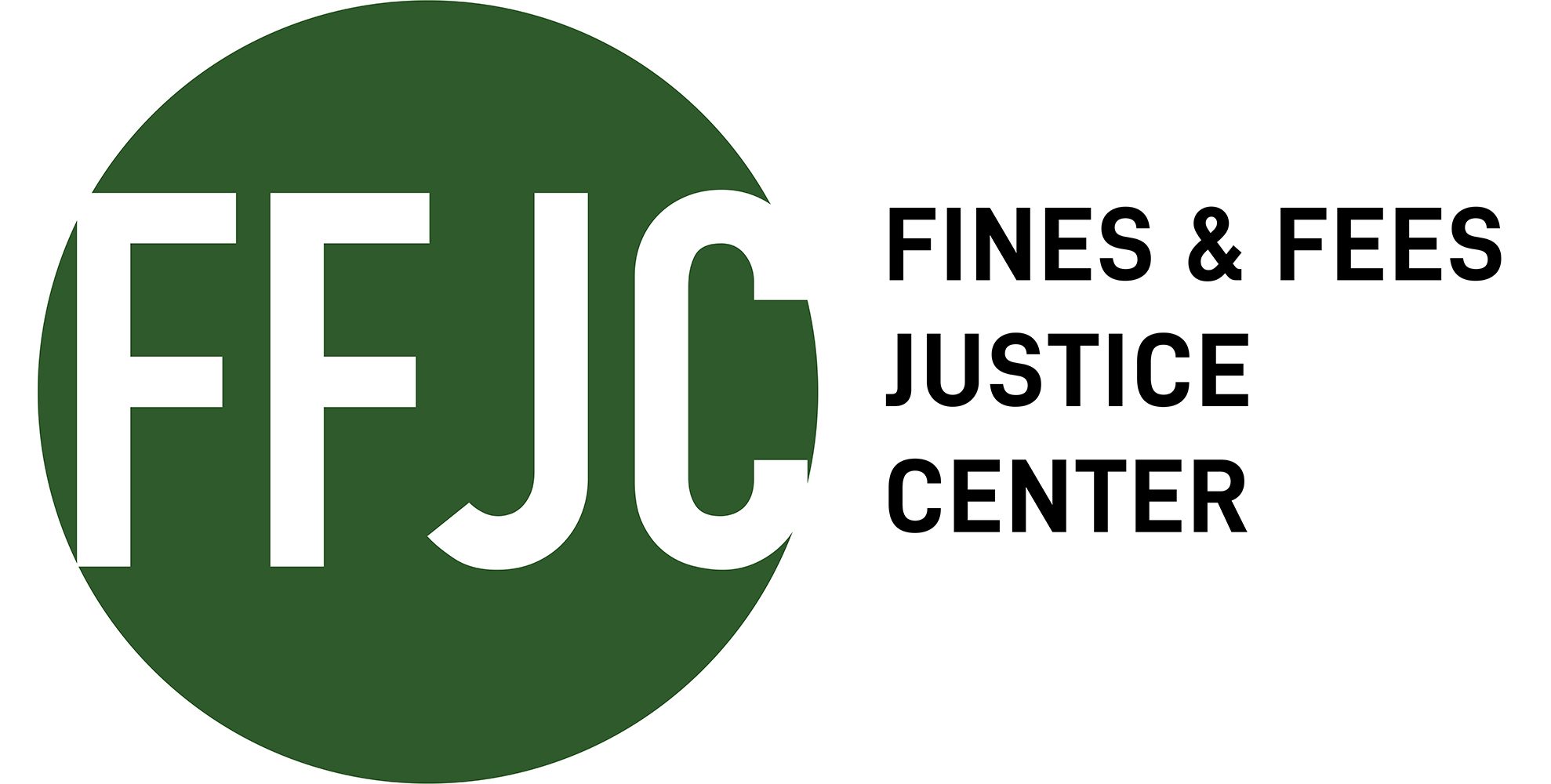There is a positive association between LFO burdens and poverty.
Poverty, inequality and the numerous disadvantages that come with legal financial obligations (LFOs) are all present in resource-deprived neighborhoods. These disadvantages are exacerbated by the isolation of poor and predominately BIPOC (Black, Indigenous, and People of Color) communities. This article analyzes data on monetary sanction sentencing from the Washington State Administrative Office of the Court, and uses social disorganization theory and critical race theory to holistically examine whether state intervention in the form of LFOs contributes to a system of spatial oppression that perpetuates racial and economic inequalities in BIPOC and impoverished communities in Washington state. The authors argue that the system of monetary sanctions is a driver of economic, racial, and ethnic inequalities at the neighborhood level.
You can read the full text here.
Key Findings:
- LFO burdens are concentrated in poorer, less-white neighborhoods in Washington state.
- High-poverty and high-LFO areas tend to have larger BIPOC populations.
- Even when poverty is accounted for, neighborhoods with fewer white residents tend to have higher LFO burdens.
- A 10 percentage point increase in the poverty rate is associated with an expected $5 increase in per-capita LFO burden.
- Their analysis suggests increased future shares of residents in poverty are associated with LFOs sentenced per capita.
